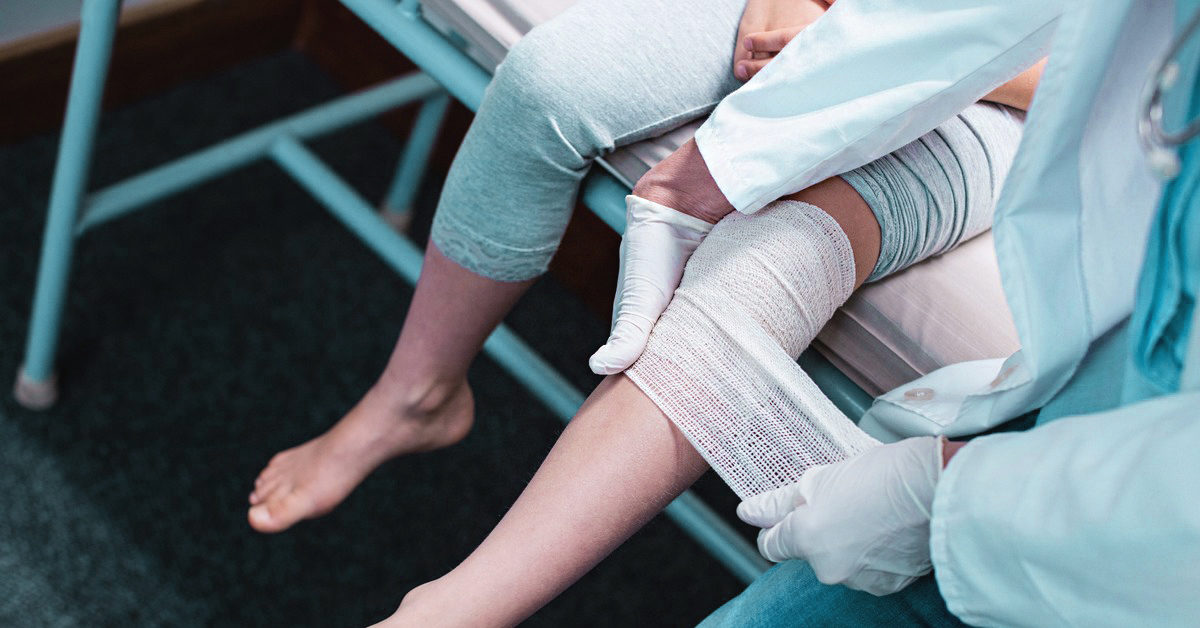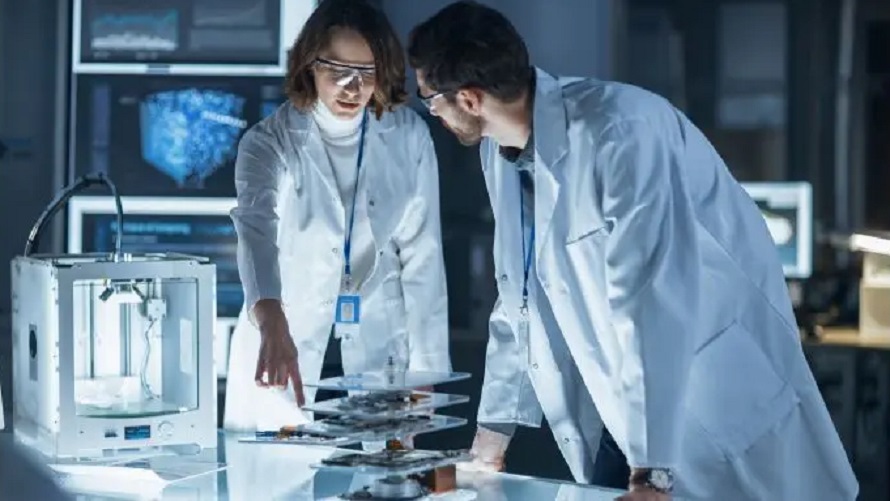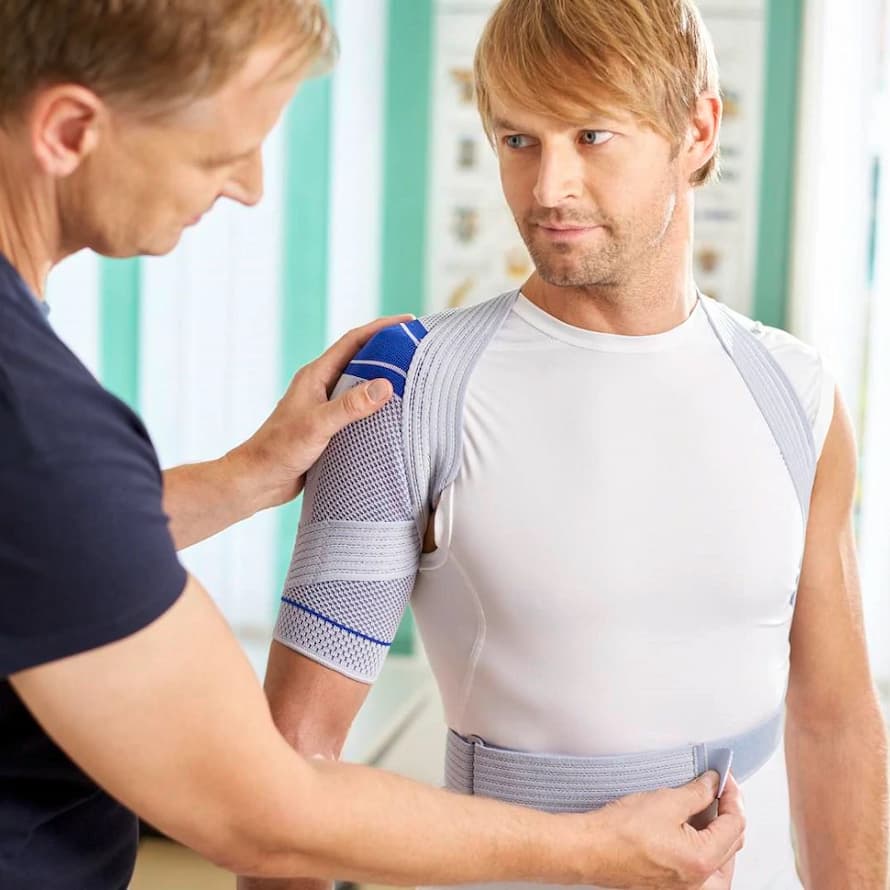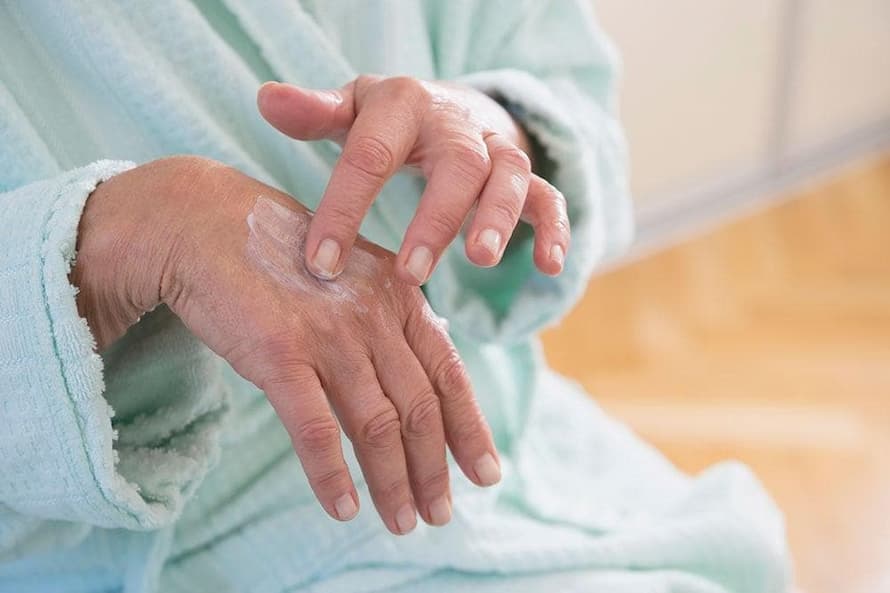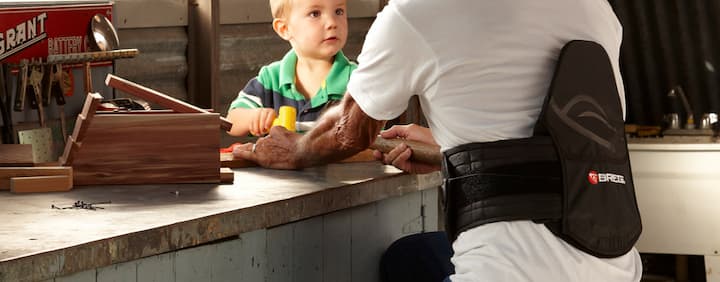Medical Equipment
First Aid Kit Must-Haves for Exploring the Outback
A first aid kit and a CPR kit are essential pieces of hiking equipment that should not be overlooked. However, many hikers tend to be unaware of their significance. Every backpacker, traveller and camper should have a basic first-aid kit. Having one will assist you in dealing with medical inconveniences on the path while reducing the danger of infection and injury severity. Hikers should also consider attending first-aid training to learn how to use all of the materials in the kit successfully. Burns, bruises, scrapes, and cuts can all be treated with a well-stocked pack.
The First Step in Treating Any Wound Is to Clean It
Puncture wounds, scrapes, and cuts are some of the most common hiking injuries encountered by most runners, campers and other explorers of nature. At first, these injuries may appear small, but if left untreated, they can develop into life-threatening illnesses including sepsis and gangrene. When you have a wound, the first thing you need to do is stop the bleeding. This is accomplished by putting direct pressure on it with clean gloves and hemostatic gauze, which contains medicine that helps you to slow down the bleeding. Another instrument for stopping bleeding is a tourniquet, which is wrapped around an extremity to cut off the blood flow from the heart.
Wrapping for Wounds, Sprains, or Snake Bites
Compression bandages are elastic bandages that are wrapped around a region of the body to reduce swelling. The wraps apply pressure to a specific location, forcing excess fluid out. This boosts blood flow to that area of the body, allowing it to mend more quickly. If properly cared for, your compression wrap is super effective and can be worn for up to seven days. If you aren’t able to get to a hospital sooner, keep the area around the injury clean and dry as much as you possibly can. To keep the wrap in place, wear thin, flexible stockings over it. This prevents the wrap from getting scratched from objects in your surroundings. It also prevents the wrap from attaching to your clothes. If possible, wear shoes that can comfortably fit around a compression wrap that wraps your leg and foot. It’s natural for the compression wrap to feel tight or uncomfortable at first, but keep an eye out for discomfort, numbness, tingling, if your toes change colour, or if the wrap becomes moist, wrinkled, or folded. When the swelling goes down, your cloak may become loose and that’s how you know that you may need to do some adjustments, or in this case, make sure to talk to your doctor.
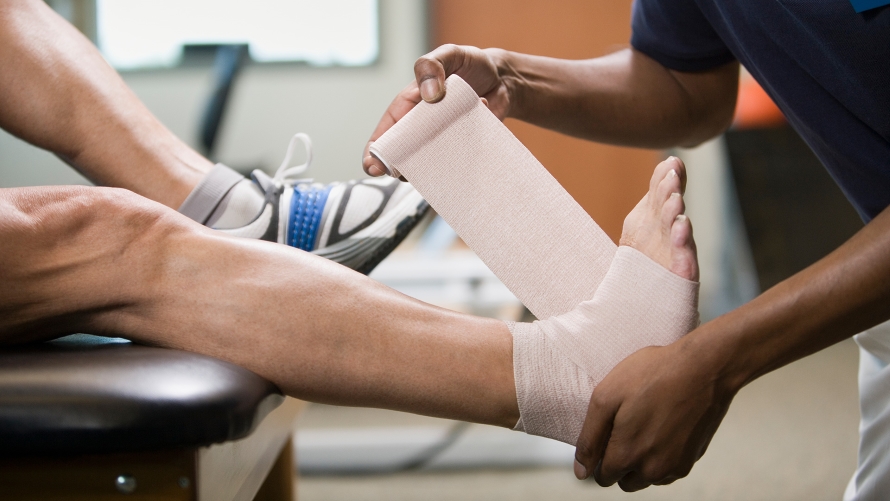
How to Treat a Deeper Cut?
Tweezers should be included in any first-aid pack, especially if you enjoy long-distance hiking or other outdoor sports. A clean pair of tweezers is the safest technique to remove a splinter or a tick. Before and after each usage, thoroughly disinfect the tweezers with alcohol. When you or a buddy is hurt while out and about, the last thing you want to do is treat the wound with dirty hands. When soap and water aren’t accessible, an alcohol-based gel or wipe can be used to sanitize your hands. Sanitize before treating the wound, then put on a pair of latex or non-latex exam gloves and sanitize again afterwards. A first aid kit would not be complete without pain relievers and fever reducers. Popular over-the-counter pain medications include aspirin, acetaminophen, and ibuprofen. Remember that because of the risk of Reye’s syndrome, aspirin should not be given to anyone under the age of 18. Also, be mindful of any other potential allergic reaction of yours or anyone who is with you on the journey.
The Importance of CPR Training
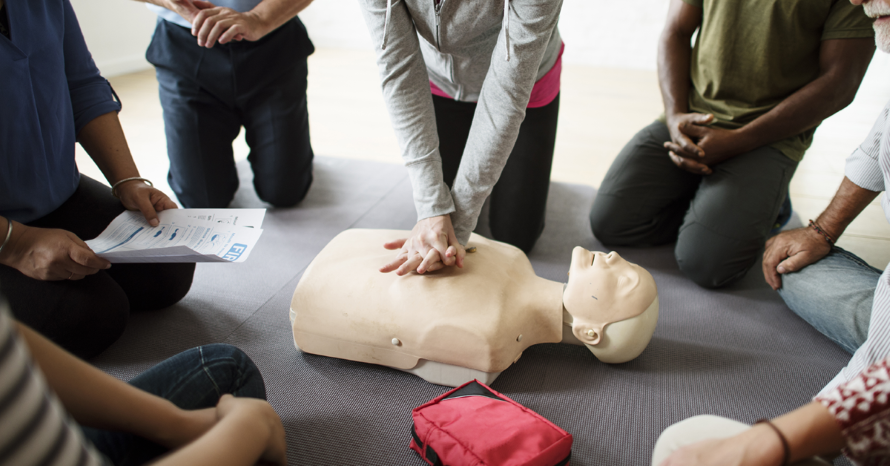
Cardiopulmonary resuscitation, or CPR, is another life-saving procedure. This is a technique that involves mouth-to-mouth breathing and chest compressions. CPR with rescue breaths ensures that oxygenated blood reaches important organs including the brain and heart. CPR can potentially save a person’s life until further care is available to help a cardiac arrest. Any (previously trained) attempt of CPR doubles the chances of survival for cardiac arrest victims, which can happen as a result of electric shock, drowning, or a heart attack. CPR certification will never be limited to just a hike or the workplace. In reality, learning to perform CPR and operate an AED equips you with a lifelong skill that you may utilize no matter where you are when a medical emergency arises. When you enrol in a first aid course, you’ll learn how to deal with fractures, cuts, burns, allergic reactions, insect bites and stings, and strains and sprains, among other things.
Additional Gadgets That Could Save a Life
Investing in a water filter is another gadget that could potentially be a factor for your well-being. There are many different ones on the market to select from, and anybody who has spent time in the wilderness knows how important a water filter can be when you’re far away from the city. A water filter allows you to filter any water rapidly and make it drinkable. Its practical design allows you to drink directly from the body of water as well as attach it to a bottle. Another essential thing to bring along is an outdoor pocket knife which can be useful in a variety of situations during your trip, and if you only have one extra item to carry along with your first aid kit, this is it. You can also bring along a key ring with a collection of other vital items to keep with you. This combination of tools is capable of rescuing you from a variety of circumstances. A hammer, a flashlight, a strap cutter, an alert beacon, and various other survival accessories can be attached. I hope, however, that you will not require them but embarking on a journey prepared gives you a feeling of security that you are all set and ready to have an amazing time by yourself or with your loved ones!


